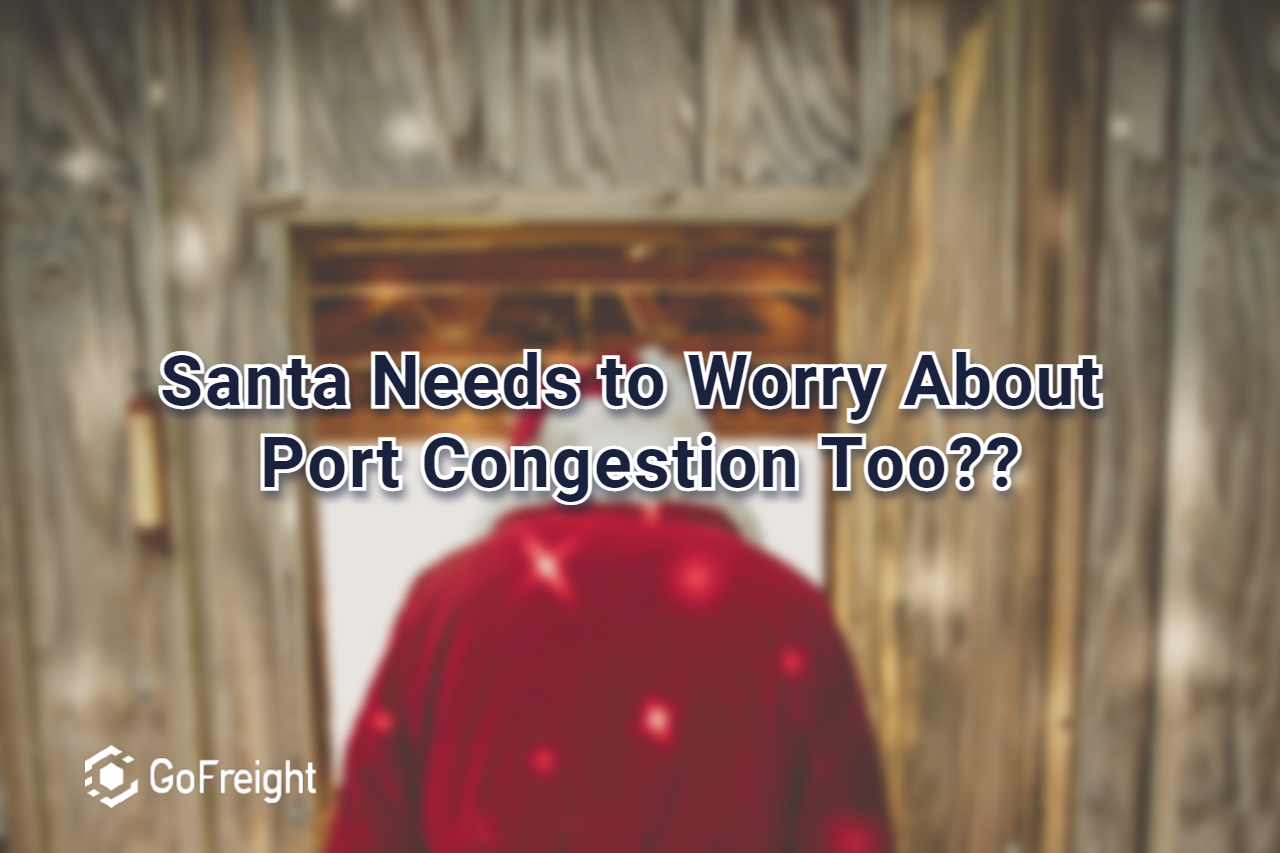As August slips away, retailers are coming to the realization that Christmas is just right around the corner. With port congestion still being a prevalent issue, members in the supply chain process are becoming increasingly worried about having enough stock, including Santa.
When COVID-19 first struck, there was a large decrease in demand for global shipping. But with consumers shifting their purchasing habits to online shopping, it recovered at a startling speed, and completely overwhelmed the industry.
Ports are still processing the consequences of the recovery. The congestion was initially triggered by the sudden spike in demand but has been worsened by logistical bottlenecks that struggle to keep up the pace. The wait time for the shipping process (including transit, loading, and unloading), has doubled, and freight rates have quadrupled since.

What’s surprising is that most port congestion isn’t actually caused by labour shortages, but rather warehouse shortages. The alarming amount of containers trapped inside terminals has taken up all the space, and there is simply no more room for another ship to unload.
But port congestion is caused by a multitude of factors. From overcrowded warehouses and railroads to shortages of drivers and truck equipment, every step of the supply chain has contributed to longer wait times and higher freight costs.
There’s no way for congestion to be solved in a fortnight. There’s simply no quick fix. Companies are investing in more warehouse space and trying new systems to become more efficient, but time is needed. Experts are estimating that the issues are not likely to subside before next year at the earliest, and that Christmas shopping will definitely be affected.



